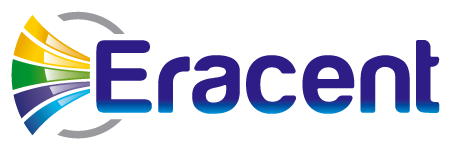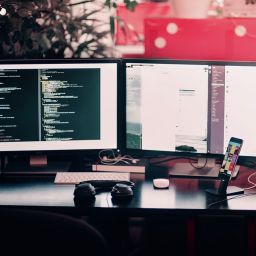In the 1850s, the Western frontier region of the U.S. was referred to as the “Wild West.” It was characterized as a region that was out of control, lacking lawfulness and governance.
When managing computer hardware assets, it’s critical to have controls in place and access to accurate data on the status of your assets. This enables you to make the best business decisions on how to manage them…otherwise, you can end up with chaos, or the Wild West effect.
As an IT Asset Manager, it’s important to have full visibility into your IT environment. What assets do you have? You need to understand the big picture – the data center, desktop and mobile platforms – and can acquire this insight by reviewing documentation that is available as well as the output from your discovery tools. Purchase orders and invoices received provide a view of the hardware that has been provisioned, and your discovery tool output will verify the deployment of these assets. It’s not enough to rely solely on the output from discovery tools, but to also understand who paid for the asset, where is it supposed to be located and whether it is owned, leased, or simply an evaluation machine.
In terms of the discovery data, normalization is key. A discovery capability finds hardware in your environment, generating a report which is initially in the form of raw data. Before the raw data goes into the ITAM Repository or CMDB, it needs to be normalized so that you know exactly what assets you have in your environment. A discovery tool that can properly manage data about multiple classes of hardware should be able to provide detailed and accurate recognition of makes, models, device types, and extensive configuration and component attributes. This will provide a clean, normalized hardware inventory to populate your ITAM repository with asset data and/or your CMDB with hardware CIs.
There should be an automated process for sharing or federating this hardware data with your CMDB. You need to know not only exactly what you have but how it all works together. It’s important to understand how your internal customers of IT are using the assets and what they are connected to. Furthermore, what applications are the employees using to do their jobs? Application mapping and a visual depiction of how the machines are tied together are critical. You gather all this information in your IT Asset Management system and then import it into the CMDB, which can be accomplished through various integration methods.
The Service Desk should provide a great source of information on the status of your assets. If something breaks, it’s important to know if the machine is owned or leased, the duration of the warranty and support, and its expected end-of-life. Additionally, what are the latest scans, what’s running on the machines and is there anything that would make them clash? Have you seen this issue before and has something been added to the machine that caused the issue? With this information handy (and integrated into your ITAM Repository and CMDB), you will know what to do next in terms of managing the hardware asset.
Having access to accurate and complete information on your hardware assets will help your organization make the best decisions. Do you need to refresh the asset, send it back to the leasing company, or simply re-allocate it? These are the main decision points. In the absence of the required information, you won’t know the status of the asset or what to do with it, causing chaos in the management of your computing environment.
By managing and controlling your hardware assets, you’ll avoid the Wild West effect!

– by William Choppa
William Choppa is the President of Eracent. He has almost twenty years’ experience helping clients meet their ITAM and SAM challenges with his knowledge of technical solutions and business process best practices.





